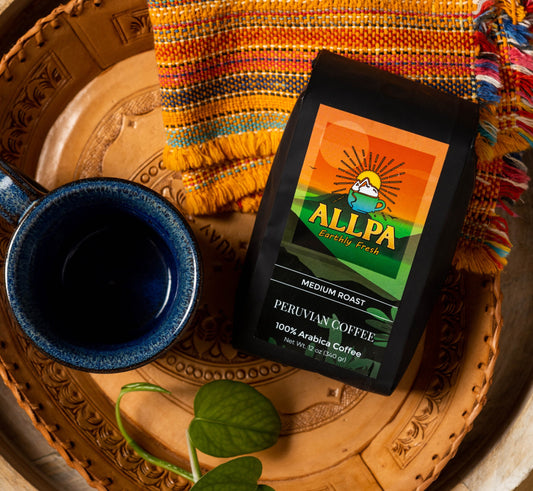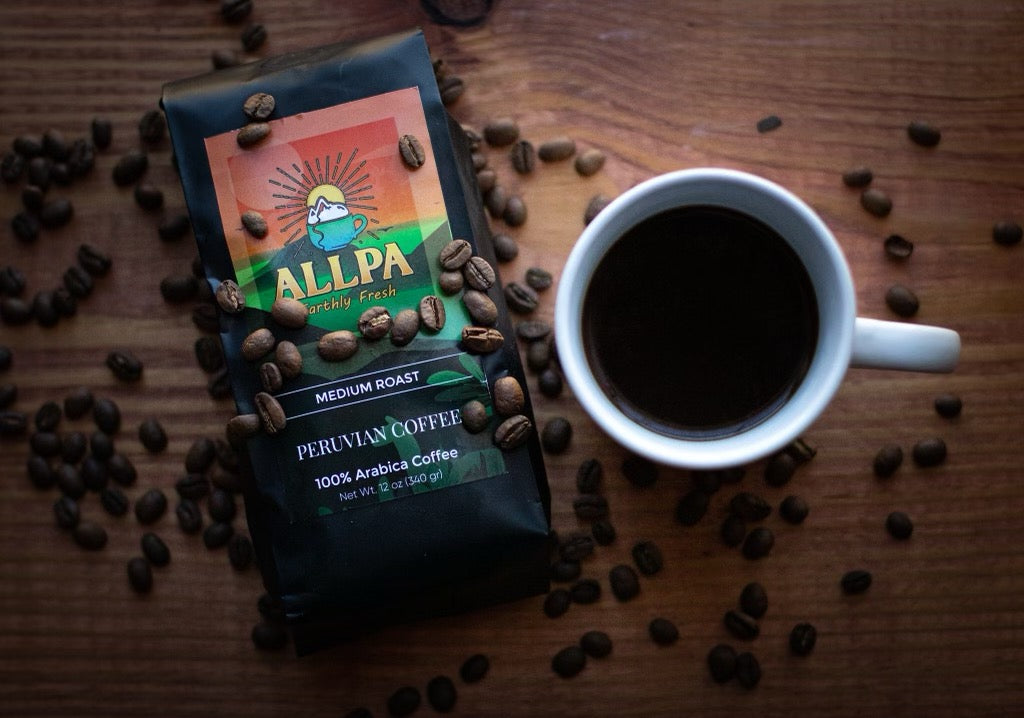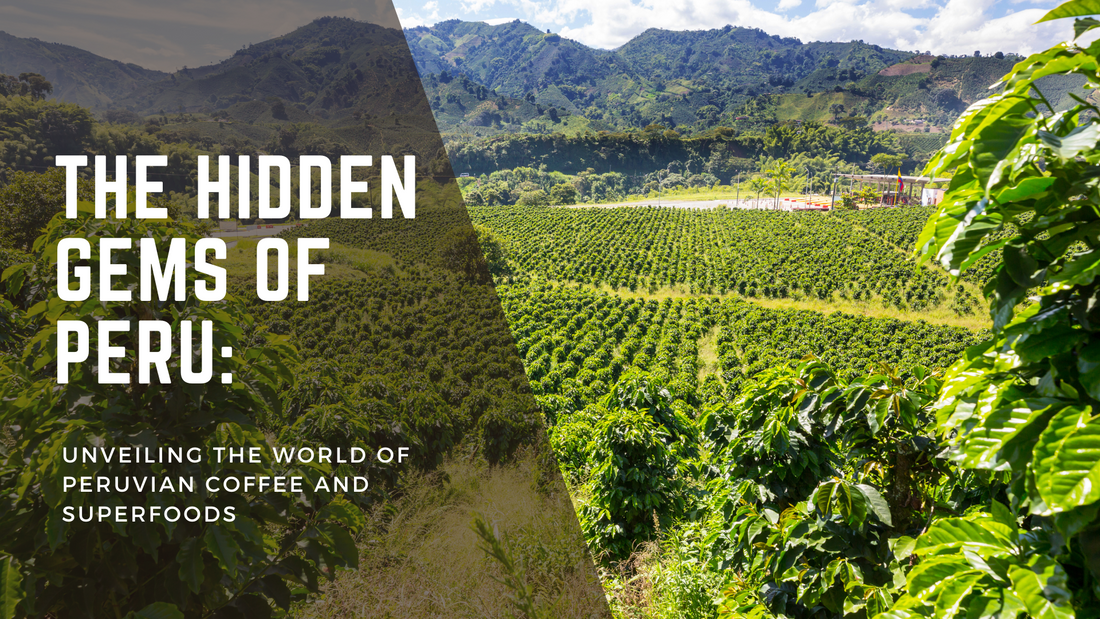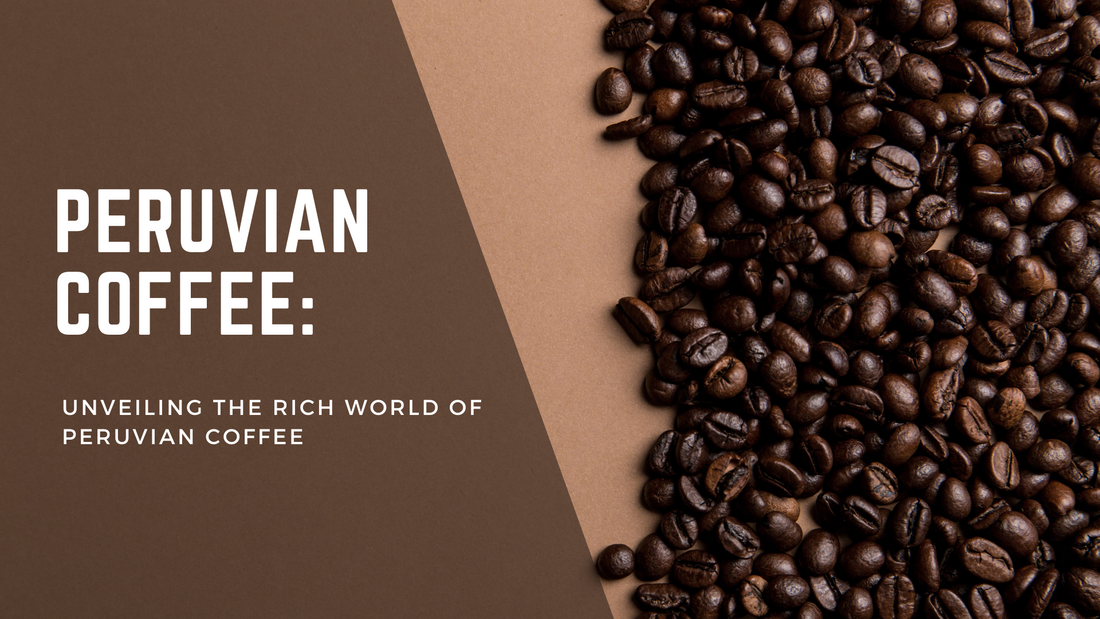Peruvian coffee is special. It has a mild flavor with fruity notes, making it a unique taste experience. Let's learn how to brew it perfectly at home.
Key Points about Peruvian Coffee
- Mild flavor with fruity notes, nutty flavors, and a smooth medium body
- Grown in high-altitude regions, including the Andes Mountains and Amazon rainforest
- Annual production of 1.4 million bags (60 kg each)
- Export value of $1.3 billion in 2020
- Supports about 150,000 small-scale farmers
- 70% of Peruvian coffee is certified (Fairtrade, Organic, Rainforest Alliance)
- Contains over 60% caffeine content
- Rich in antioxidants and nutrients (Vitamin E, B2, B6, magnesium, manganese)
The Rich History of Peruvian Coffee
Coffee came to Peru in the 18th century during Spanish colonial times. Now, Peru is the ninth biggest coffee producer in the world. The country's mix of mountains and rainforest makes it perfect for growing good Arabica beans.
Peru's coffee industry is big for its economy. They make 1.4 million bags of coffee each year and sold $1.3 billion worth in 2020. About 150,000 small farmers grow coffee, and it creates around 250,000 jobs.
Unique Characteristics of Peruvian Coffee
Peruvian coffee is made from Arabica beans, which are known for being really good. These beans grow in different places, from mountains to rainforests, which gives them a special taste. The coffee is medium to full-bodied with mild acidity, making it smooth and balanced.
Peruvian coffee can taste nutty, chocolaty, fruity, or flowery. This is because it grows in different climates and heights. The high mountain areas make the beans taste more interesting.
You can drink Peruvian coffee on its own or mix it with other coffees. Its mild taste makes it good for people who don't like strong coffee, but it's still interesting enough for coffee experts.
Selecting the Perfect Peruvian Coffee Beans
When buying Peruvian coffee beans, look for ones that show off what's special about the region. Here are two good choices from Allpa Foods:
1. Allpa Peruvian Coffee Medium Roast Whole Bean
Price: $15.99
This coffee tastes great, with a smooth medium body and a sweet finish. It's grown in a good way for the environment and farmers. It has nutty and chocolate flavors that show off Peru's coffee culture.
2. DIY K-Cups for Peruvian Coffee
Price: $5.99
If you like using K-cups but want better coffee, these DIY K-cups are great. You can use your favorite Peruvian coffee in them, and they're better for the environment.
Essential Brewing Equipment for Peruvian Coffee
To make great Peruvian coffee at home, you'll need some tools:
- Pour-over device (like a Chemex or V60)
- French press
- Espresso machine
- Burr grinder
- Kitchen scale
- Gooseneck kettle
Each way of making coffee brings out different flavors. Try them all to see what you like best!
Step-by-Step Brewing Methods
1. Pour-Over Method
This method is good for tasting all the flavors in Peruvian coffee. Here's how to do it:
- Grind your beans to a medium-fine size
- Put a filter in your pour-over device and rinse it with hot water
- Use 20g of coffee for every 300ml of water
- Pour just enough water to wet the coffee and wait 30 seconds
- Slowly pour the rest of the water in circles
- It should take about 3-4 minutes total
2. French Press Technique
This method makes a full-bodied coffee that shows off Peruvian coffee's richness:
- Grind your beans to a coarse size
- Use 30g of coffee for every 450ml of water
- Pour hot water (just below boiling) over the coffee
- Stir gently and let it sit for 4 minutes
- Push the plunger down slowly
- Pour and drink right away
Enhancing Your Peruvian Coffee Experience
To make your Peruvian coffee taste its best, pay attention to these things:
- Water temperature: Aim for 195-205°F (90-96°C)
- Water quality: Use filtered water for better taste
- Coffee-to-water ratio: Start with 1:16 (1g coffee to 16ml water) and adjust to how you like it
- Grind size: Change based on how you're brewing (finer for espresso, coarser for French press)
Freshly ground beans always taste best. Try to grind just before you brew.
Try different brewing times and amounts to find what you like best. Peruvian coffee's mild taste lets you experiment. You could even try making cold brew with Peruvian beans - it works really well!
Health Benefits of Peruvian Coffee
Peruvian coffee isn't just tasty; it's good for you too. It has lots of antioxidants and nutrients like Vitamin E, B2, B6, magnesium, and manganese. These might help protect your body and reduce inflammation.
Some studies say that a substance in coffee called chlorogenic acid might help with weight loss and blood sugar control. But remember to drink coffee in moderation as part of a balanced diet.
Because Peruvian coffee grows high up in the mountains, it has lots of antioxidants. These might be good for your heart and might lower the risk of some cancers. The caffeine in Peruvian coffee can also help you feel more alert and perform better physically when you drink it in moderation.
Sustainability and Fair Trade Practices
Choosing Peruvian coffee is good for the environment and farmers. About 30% of coffee farms in Peru use organic methods, and 70% of Peruvian coffee exports are certified as Fairtrade, Organic, or Rainforest Alliance.
When you buy Peruvian coffee, you're supporting a system that cares about the environment and pays farmers fairly. This not only makes the coffee good but also helps the communities where it's grown.
Many Peruvian coffee farmers grow their coffee in the shade of other trees. This helps keep the local plants and animals healthy and controls pests naturally. By choosing this kind of Peruvian coffee, you're helping to protect important homes for birds and other wildlife.
Conclusion: Mastering the Art of Brewing Peruvian Coffee
Making great Peruvian coffee at home takes good beans, the right tools, and careful technique. By following this guide, you'll be able to enjoy the special flavors of Peruvian coffee.
Remember, the key to great coffee is trying different things. Don't be afraid to change how you make it, how much coffee and water you use, and how fine you grind the beans. With practice, you'll soon be making coffee at home that's as good as what you get in a café.
As you explore Peruvian coffee, try beans from different parts of Peru. Each area makes coffee that tastes a bit different. Whether you like bright, citrusy flavors from the north or rich, chocolatey tastes from the central regions, there's a Peruvian coffee for everyone.
Frequently Asked Questions
1. What makes Peruvian coffee unique?
Peruvian coffee has a mild flavor, balanced acidity, and tastes of nuts, chocolate, and fruit. It's grown high up in the mountains, which makes it taste more interesting.
2. How should I store Peruvian coffee beans?
Keep your beans in a container that doesn't let air in, and put it somewhere cool and dark. Don't put them in the fridge or freezer because that can make them damp and change how they taste.
3. Can I use Peruvian coffee for cold brew?
Yes! Peruvian coffee's smooth, mild flavor is great for cold brew. Use coarsely ground beans and let them sit in cold water for 12-24 hours.
4. What's the best grind size for Peruvian coffee?
It depends on how you're making the coffee. Use fine grounds for espresso, medium-fine for pour-over, medium for drip coffee, and coarse for French press.
5. How does altitude affect Peruvian coffee flavor?
Coffee grown higher up usually tastes more complex and is more acidic. Peru's high mountain regions help give the coffee its special taste.






